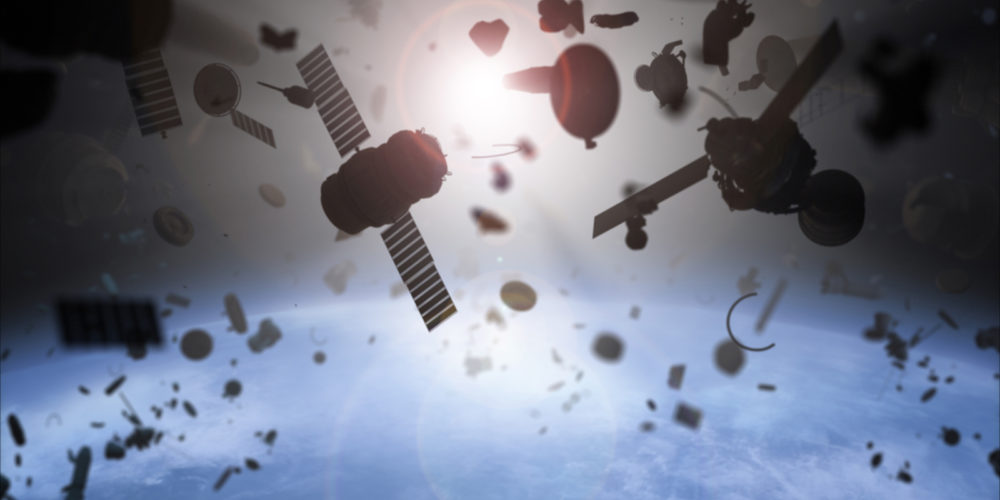An Embry-Riddle professor and his co-inventors patented a device that provides a workable strategy for combating the problem of debris accumulating in space from defunct satellites.
Known as the Drag De-Orbit Device, or D3, the invention can guide small satellites from low-Earth orbit, maneuvering them through Earth’s atmosphere, where they burn up. Destruction of the satellites — known as CubeSats, which are increasingly used in low-cost research experiments — is necessary to prevent them from colliding with and damaging other orbiting systems, including crewed spacecraft such as the International Space Station.
“The D3 helps solve the problem of space debris by safely steering the atmospheric re-entry and demise of low-Earth-orbit spacecraft,” says Dr. Riccardo Bevilacqua, professor of aerospace engineering.
The D3 is a 10-by-10-by-5-centimeter system that mounts on the back of a satellite and connects with its computer. With independently deployable and retractable booms, it can increase and decrease aerodynamic drag during re-entry to steer the satellite toward a target, so that any debris that reaches Earth would land away from populated areas. It can also provide collision avoidance while in orbit and in so doing prevent the creation of new debris, says Larry Fineberg, a co-inventor of the device and adjunct professor in Embry-Riddle’s Department of Aerospace Engineering.
Orbotic Systems, a company created to address the problem of space debris, has licensed the D3 technology, Bevilacqua says.
“We are confident we will see the D3 attracting the attention of the private sector, given future plans on injecting thousands of small spacecraft into low orbits — for Earth observation, providing global internet and much more,” he says. “I would expect things to ramp up in the next five years or less.”
